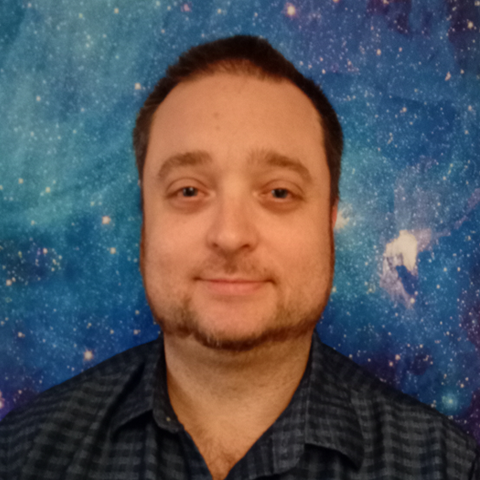NVIDIA WEBINAR
Sub brand
Date: January 14, 2021
Time: 10:00am – 11:00am PT
Duration: 1 hour
Time: 10:00am – 11:00am PT
Duration: 1 hour
Stencil operations are used widely in HPC applications and pose an optimization challenge on both CPUs and GPUs. On GPUs, fine-tuned optimizations can be formulated using low-level APIs such as CUDA, but many large established codes prefer a portable, higher-level API such as OpenACC. Although OpenACC lacks the fine-tuning of CUDA, it does allow for some tuning through a variety of parallelization constructs and loop directives. Here, we try various OpenACC directive options to optimize the computationally heaviest stencil operation within our production solar physics research code Magnetohydrodynamics Around a Sphere (MAS).
- Explore numerous OpenACC directive options, including tile, cache, and collapse, and compare their performance over several problem types and sizes;
- Learn which combination of options yields the overall optimal result and see how it appears in a full-scale simulation analyzed with Nsight Systems and Nsight Compute; and
- Be aware of cautionary cases where using the "wrong" directives can yield very poor performance.
WEBINAR REGISTRATION
THANK YOU FOR REGISTERING FOR THE WEBINAR
You will receive an email with instructions on how to join the webinar shortly.
Main Content
maincontent goes here
Content
Content goes here
Content
content goes here
Content
Content goes here
Content
DGX Station Whitepaper
Dive deeper into the DGX Station and learn more about the architecture, NVLink, frameworks, tools and more.
Dive deeper into the DGX Station and learn more about the architecture, NVLink, frameworks, tools and more.
DGX Station Whitepaper
Dive deeper into the DGX Station and learn more about the architecture, NVLink, frameworks, tools and more.
Dive deeper into the DGX Station and learn more about the architecture, NVLink, frameworks, tools and more.
Content
Content goes here
Speaker

Ronald M. Caplan
Computational Scientist, Predictive Science Inc. (PSI)Dr. Caplan is a computational scientist at Predictive Science Inc. (PSI) with over ten years of experience in applying computational methods in applied mathematics and physics. His main research interests are in developing and optimizing numerical methods for simulating physics-based models and their implementations in parallel high-performance-computing environments including GPU accelerators. His research currently focuses on the continued development and optimization of PSI's thermodynamic magnetohydrodynamic code (MAS) used to study the solar corona and heliosphere, as well as providing computational solutions for additional projects including data analysis of solar images.
Presenter 2 Bio
Presenter 3 Bio
Presenter 4 Name
Job Title 4Presenter 4 Bio
Other Speakers
Name1
Job Title.
Job Title.
Name 2
Job Title.
Job Title.
Name 3
Job Title.
Job Title.
Content Title
Content here